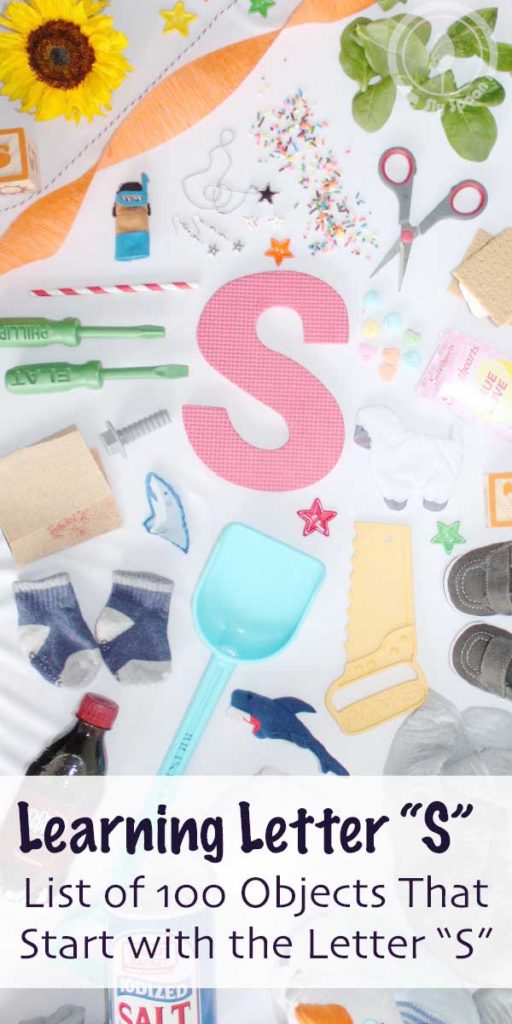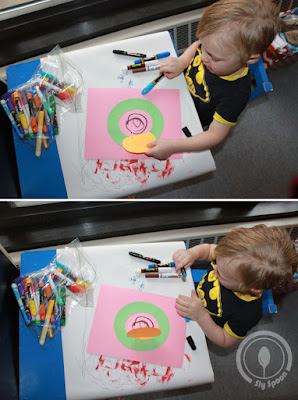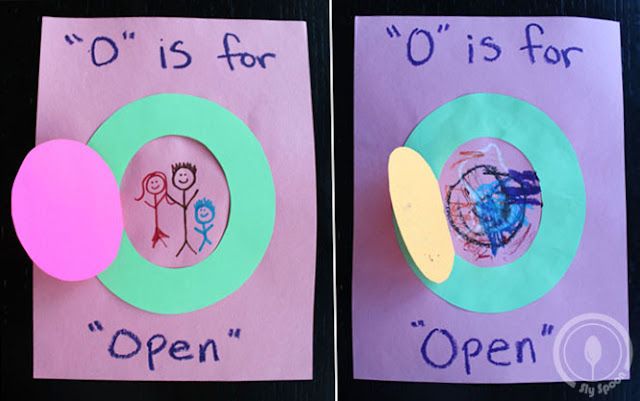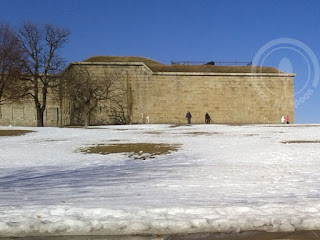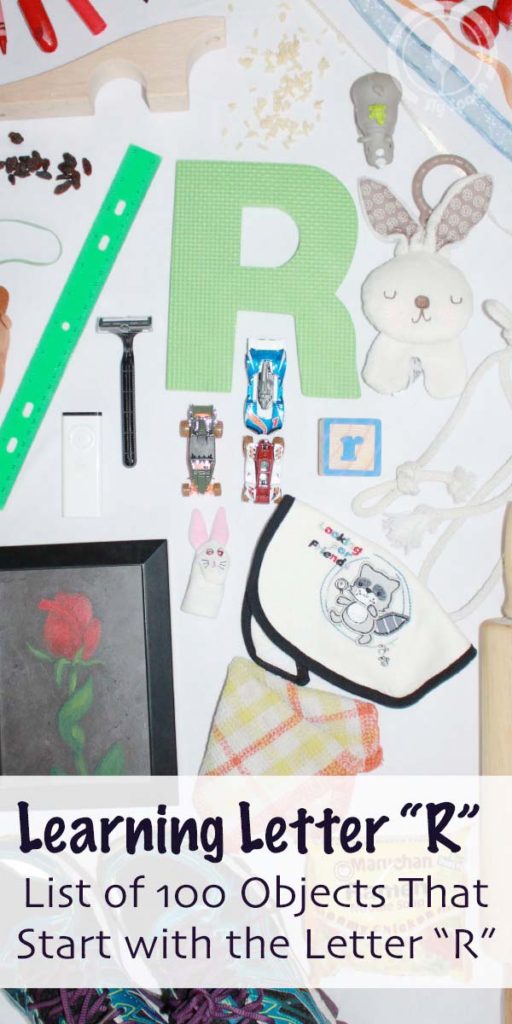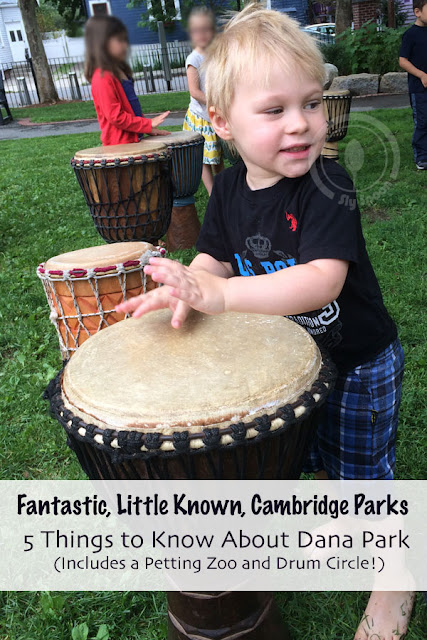
Things to Note:

1) Parking
There may be street parking available, but there is not a dedicated parking lot for this park.
2) Splash Pad
This is a great intermediate age splash pad. The splash pad isn’t huge, but there are a few different levels of fountains making it fun for both toddlers and older children.
3) Sand Water Feature
My son loves playing in the sand here more than he likes just about anything else at the park. There is a tiny little water spout that pours into the sand with a button that is easy for little hands to push. Also the sand box is always loaded with community toys so my son has a blast filling up the little buckets with water and walking them around to pour them elsewhere in the sand.
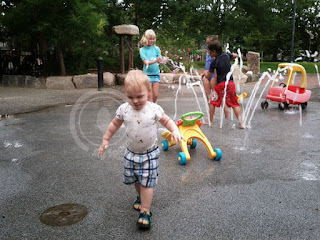
4) Summer Fun
During the summer there are constantly new great events going on in this park. There is a weekly craft day in the morning. Each week there is also a drum circle where someone brings a bunch of African drums, sets them up in a big circle and leads any children who are interested through a mini drum lesson. We also enjoyed a free petting zoo and carnival this past summer.
5) Day Care
It seems like there are often day care children using this park in the morning during the summer and they tend to be older children using the bigger 4+ part of the playground. We didn’t find them to be overwhelming, but then again we were using the part of the playground for the very young. In any case all the day care children disappear around lunch time so if you’re concerned about crowd control consider planning your visit a little later in the morning.

Summary & Rating ★★★★☆
Four Stars. We have a ton of fun at this park, and it is obviously one of the more popular parks to attend during the summer. It can sometimes be hard to find all the awesome events happening at the park over the summer but if you show up your bound to have a good time regardless.
Dana Park
Corporal McTernan and Lawrence Streets
Cambridge, MA 02139
Phone: 617.349.4640
Website: http://www.cambridgema.gov/CDD/parks/parksinfo/Parks/danapark
